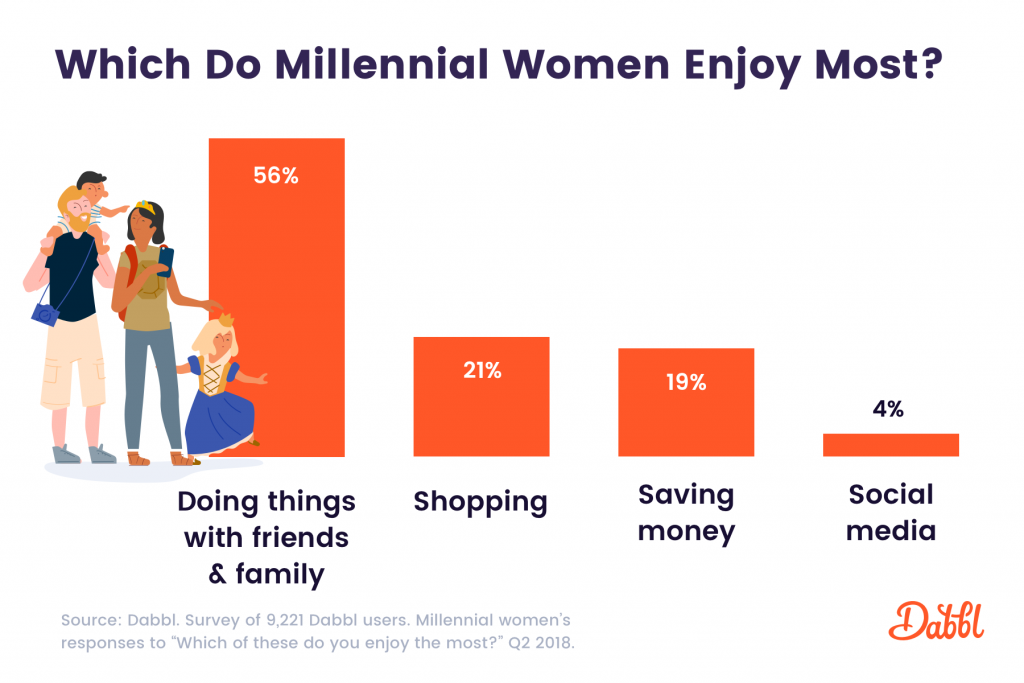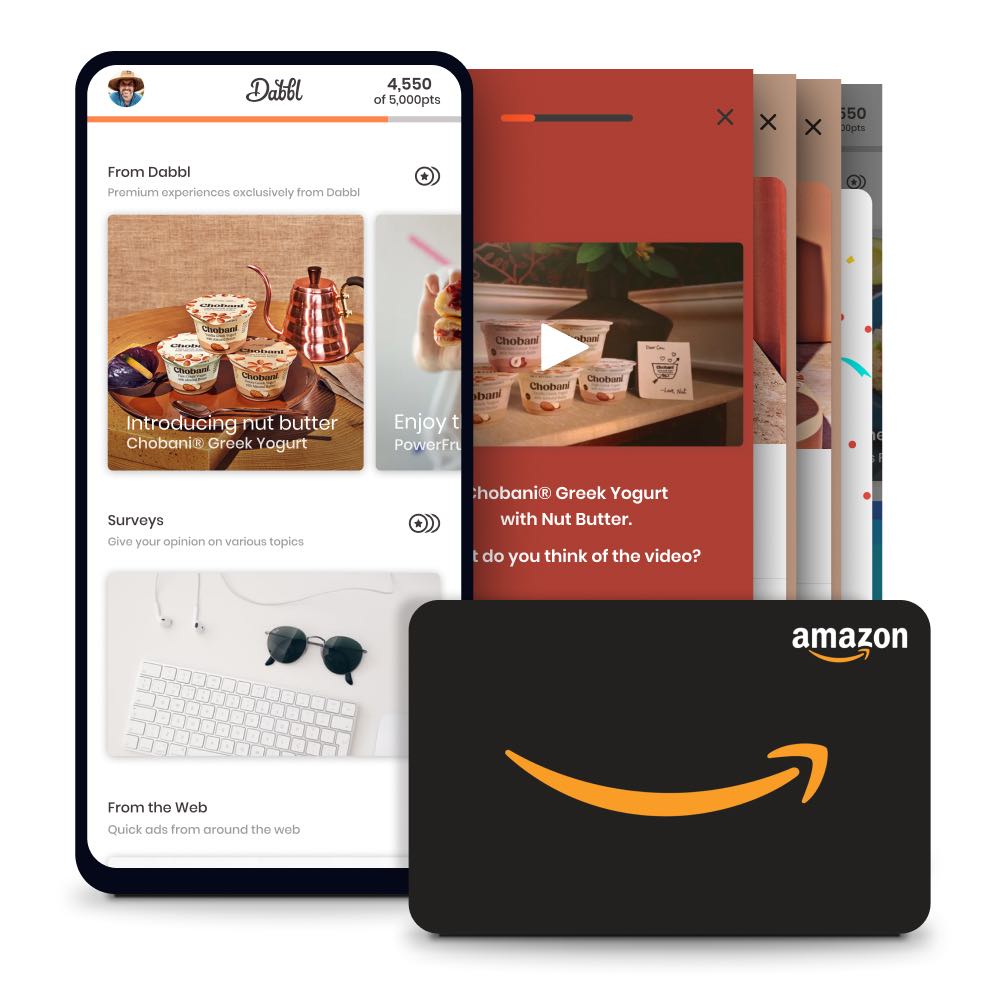Brands and their media planners no longer have to limit themselves to the world of consumers’ media consumption to get attention.
Crazy, eh? When we think of marketing we think of media content. They just seem to go hand in hand.
Either you are paying to inject your brand into someone else’s media content (advertising, influencer marketing etc), you are creating your own media content (content marketing, social media marketing, email marketing etc) or it’s some kind of hybrid (native advertising, sponsored content).
But people like things beyond looking at media. Brands know that the people they care about most — their customers — are more than their media consumption habits.
Help people do things they care about (beyond consuming media) and you earn their honest attention and appreciation.
We’ve seen Airbnb and Uber bypass traditional gatekeepers with marketplaces that let two parties exchange value directly. Similarly, brands like Starbucks and Oreo are using a new attention marketplace directly offering consumers value beyond media.
Brands as The Third Wheel
Whether your paid ads run in non-digital media like newspaper, TV and radio or they run in digital media like YouTube, Facebook and following people around websites, your brand is the third wheel in the media-audience relationship.
In permission-based marketing like content marketing and email marketing you have that direct, owned-media relationship. But, like all media, it’s noisy out there and people have plenty of other options.
Additionally, most permission-based marketing has speed and scaling issues. You need ways to reach people in the first place before you can ask for their permission, after all.
Whether it’s paid, owned, rented or earned media, brands are receiving an increasingly smaller share of people’s attention. And that attention is becoming less meaningful.
The question is, if the love triangle between media, audiences and brand advertising isn’t delivering what it used to (for anyone)… how can brands meaningfully and effectively engage with consumers?
Noisy Media
Digital channels like video platforms, social media and blogs churn out waves of content every hour. YouTubers alone upload 576,000 hours of content each day. That’s 65 years worth of content uploaded each day on just one platform.
The flood of content is rushing in from publishers, brands — even grandpa’s status update. We’re all media publishers now.
The democratization of media is undeniably awesome for individuals and for society.
It’s also incredibly noisy.
We are all experiencing the noise and the clutter from all the venture and marketing dollars rushing into media. New marketing disciplines of digital content marketing and social media marketing have exploded, creating complete ecosystems and value chains dedicated to churning out more and more content, more efficiently.
Media, now a commodity, has become the noisiest game in town.
Gaining Attention in the Noise
The first banner ad, often credited to Joe McCambley for client AT&T, went live in 1994. It had a click-through rate of 44%.
Ah, simpler times.
The average display ad’s click-through rate is about 0.09% today. Or 0.16% if you’re feeling generous. People just aren’t that into you banner ad.

How else might we measure how people feel about this type of media advertising? Joe McCambley says “My kids make fun of me for it.”
But the banner ad is not alone. Across the board, we see low engagement rates for digital media advertising. It’s just the world we live in. In addition to display’s 0.09% click through rate, industry standards of 1.2% on social, 0.26% in video, 1.9% in search, and 0.54% in mobile video prevail.
Or stated another way, 99.91%, 98.8%, 99.74%, 98.1% and 99.46% are indifferent to (or annoyed by) engaging with brands via these methods of media advertising.
Matter to Other Parts of Their Lives
Most millennial women, when asked which they enjoy most, said that doing things with friends and family outweighed shopping and saving money. Only 4% said that using social media was most important to them.
That makes sense, right? Despite the rap for Millennials always having their noses in social media, they do value other things, including spending time with friends and family in the real world. And yes, shopping and saving money.

Believe it or not, people actually like getting off their devices and off the sofa. People like doing things, often more than they like consuming media.
Shocking, right?
Some people actually like going out on dates with their sweetie more than binge watching YouTube videos. Some enjoy hanging out with friends in the real world more than waiting around for instant message replies. Some love going on modest adventures more than viewing others’ — ahem — well-staged social media adventures.
And some simply appreciate having dinner at the dinner table with loved ones more than… many other things.
What if brands could easily sponsor these other areas of people’s lives — the ones they say are more important to them than media consumption?
Going directly to the consumer opens up great new possibilities. Instead of helping them consume even more media, you can help them go do things in the real world. Help them go the movies with their friends. Help them go on that “backyard camping trip” with their kids. Sponsor that much-needed date night with the hubby. Be the additional help when they go shopping for the things important to their lives.
When you matter to other areas of their lives, beyond their media consumption, you’ll have their attention and goodwill.
Experiential Marketing & Its Limitations
The old category of event, or experience, marketing works by some of these rules, though with limitations. It’s a category of marketing that focuses on building relationships with consumers via real world experiences. This bucket of marketing includes experiential marketing, engagement marketing, participation marketing, live marketing, sponsorships and event marketing.
This can include sponsorships of occasional, tentpole events like sports events. Or it involves brands creating their own events, like Redbull’s flugtag.
Refinery 29’s fun 29 rooms first drafted off the New York City’s annual Fashion Week event and now has limited events on the west coast and Chicago.
Which is awesome and a lot of fun.
But really, how many flugtags can we incorporate into our lives?
How do brands support people’s more common experiences? Certainly there must be a digital way to support people’s offline lifestyles beyond launching papier-mâché cakes into rivers?
Supporting People’s Lifestyles
What if brands could support more of people’s day-to-day lifestyles? Less about flugtag or Fashion Week spectacles and more about supporting the simpler, more common joys of going out to the movies or gathering around the dinner table?
Dabbl is an attention marketplace where brands like Starbucks, Yoplait and Excedrin share directly with consumers some of their marketing budgets that would normally go to (usually the big Google and Facebook duopoly) media companies. These brands are helping people go to movie night at AMC Theaters or shop at stores like Target.
And unlike ads that interrupt their media, these consumers appreciate the brands that reach them this way. 86% of millennial women appreciate brands that help them with “how to” videos, recipes and other helpful content marketing. Even more find the brands on Dabbl to be even more helpful. 94% of millennial women are appreciative of the brands they engage with on Dabbl.
And how do they feel about the brands that interrupt their TV, YouTube or social media? About 50% are either indifferent or annoyed.

Consumers use the Dabbl apps to specifically engage with brands. They are not there to consume media that brands then pay to interrupt. Rather, they come to engage with brands they know will help them shop, help them save money and help them do things in the real world.
In this context, brands are so helpful that consumers actually ask for more ads! It’s Dabbl’s number one request. “We want more ads!” They want more brand experiences because more brand experiences equals more support for things that are important to them.
And that attention and appreciation translates to an average of 35 seconds of full screen engagement and an average 7 engagements per brand experience. Well beyond the attention target du jour of 6 seconds. And, naturally, high brand awareness and ad recall lift resulting from this quality attention and appreciation are not uncommon.
Win win.
Imagine A Different Future
There’s no question that giant portions of brands’ marketing budgets fuel modern consumers’ media habits. Seemingly endless ad dollars are the incentive for the social networks, the video sites and the game apps to pour ever more resources into becoming ever better at keeping us glued to screens.
What if we all were less incentivized to consume media and more incentivized to go out and do more with our friends and family — because more marketing budgets helped us do just that? Who knows, maybe we’d see a couple less cases of phone hunchbacks? 🤔
How does that make you feel? Are you ready to support people’s lives beyond their media habits? Hit is up on Twitter and LinkedIn.

